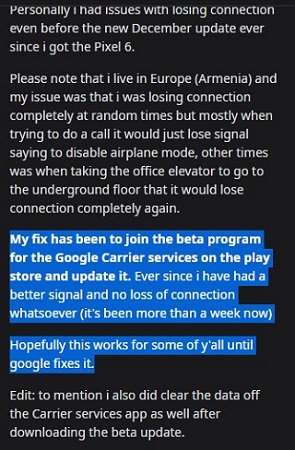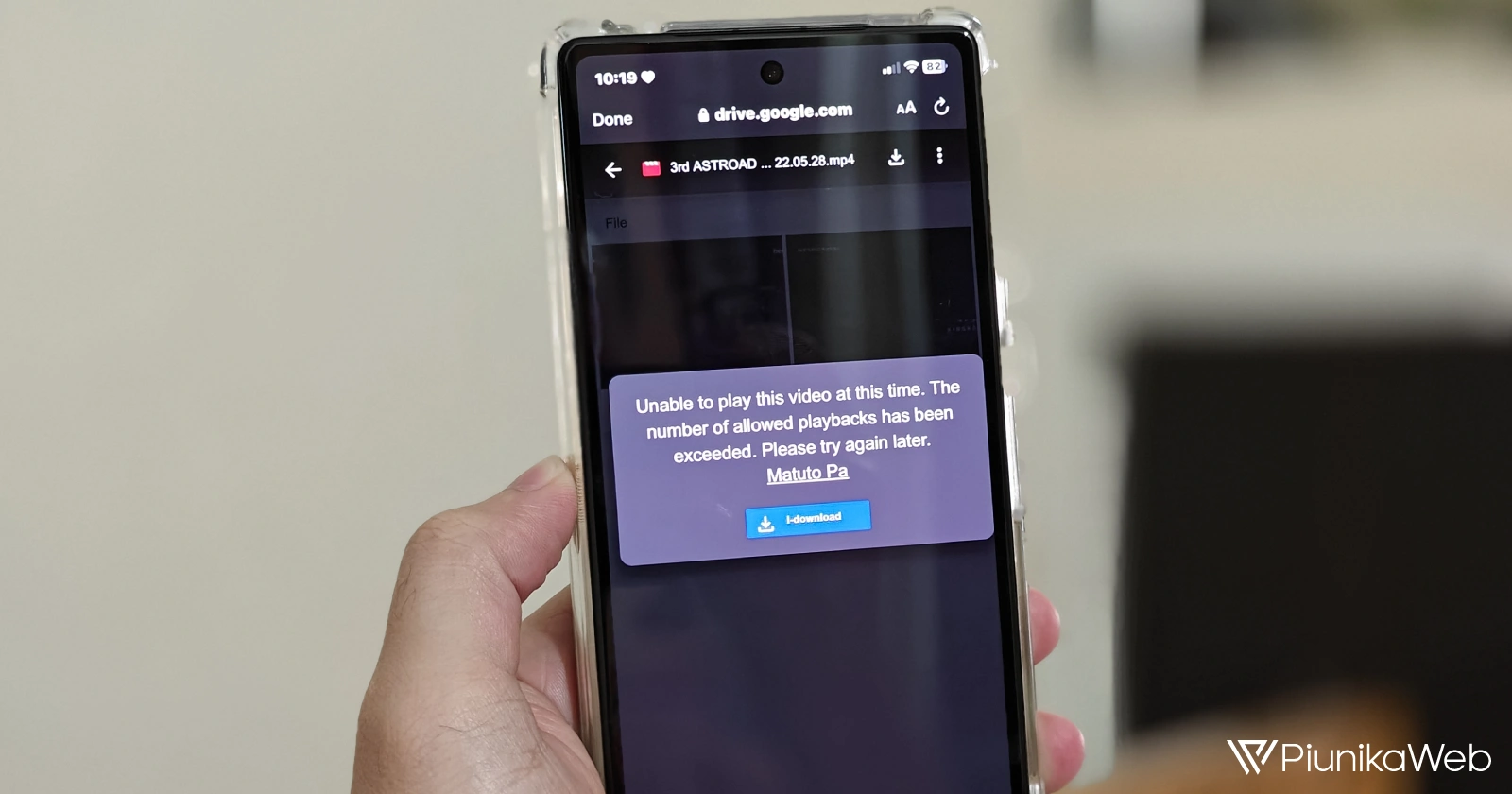[POLL] Did Google Pixel 6 January update fix mobile network connectivity issue?
— PiunikaWeb (@PiunikaWeb) January 30, 2022
Vote below & read our op-ed here: https://t.co/bqINQhOq2I
New updates are being added to the bottom of the story…
Original story (from Jan 30) follows:
It’s been 3 months since the Google Pixel 6 and Pixel 6 Pro started shipping in multiple regions. The phones are the first flagships since the Pixel 4 and 4 XL from a couple of years back.
First of its kind, the Tensor-powered duo has enjoyed quite a mixed reception. Some swear by it. Others already ditched it. It’s probably not what Google expected, but it can happen to any product, not just the Pixel 6 and 6 Pro.
![]()
Make no mistake. The Pixel 6 and 6 Pro have so far been great servants to some. Premium build, smooth and clean UI, powerful performance, and top-notch cameras as we’ve come to expect from Google.
But to say the entire Pixel 6 experience has been poor up to this point would be an understatement. Straight out of the box, some owners started noticing constant drops in mobile network connectivity alongside a laundry list of other bugs and issues.
The immediate effect was calls dropping, messages not going through and emails getting delayed or not delivered whenever mobile internet wasn’t working.
In short, the Pixel 6 pair wasn’t just good enough at being phones, which isn’t the kind of experience anyone expects from any mobile phone, leave alone a $900 smartphone touted as one of the best premium offerings on the market.
Evidently, the Pixel 6 and 6 Pro were failing terribly at executing the most basic function of a phone. An update to the Carrier Services app seemed to have done the trick for some of those affected.

When the November 2021 update arrived, many Pixel 6 owners affected by the network issues expected a hotfix. But this didn’t happen.
The delayed update, which arrived mid-November, only came with fingerprint sensor improvements and unnamed bug fixes. Furthermore, the December update only served to exacerbate the problem, even forcing Google to halt the rollout.
Google later implied that the December build could be the culprit, promising to investigate the issue and perhaps fix it with the January 2022 update.
After another long delay, the Pixel 6 and 6 Pro bagged their January update a couple or so weeks ago. And while some claim the network issue is gone for them, plenty of others are still facing it [1, 2, 3, 4, 5, 6, 7, 8, 9].
![]()
There’s certainly no perfect smartphone company, and Google certainly isn’t the closest to perfection, if the Pixel 6 duo is anything to go by. Once the benchmark of Android software, things are quite the contrast with the Pixel 6 and perhaps even Android 12 in general.
While it’s well-known Google isn’t the best at hardware, the resources they have can easily get the best hardware brains out there and get them to make one of the best, if not the best phone on the market.
I’m not saying the Pixel 6 network issue is hardware-related. But after several updates from a company that is well-versed with software matters, the fact that the issue is still present is becoming a concern.
One wonders whether Google even did extensive testing to ensure the Pixel 6 and 6 Pro were ready for the public. Network connectivity is a must for any mobile phone to execute its most basic functions, and seeing the Pixel 6 struggle with network issues even after multiple software updates speaks volumes about how extensively the phones were tested prior to release.
This isn’t an issue that should have happened, and Google ought to own it up and address the matter swiftly or risk dropping a few more loyal Pixel fans.
Still, tech companies are known to improve device performance through incremental software updates. My hope is that Google does so with the Pixel 6 pair in order to improve network connectivity as well as iron out other annoying kinks. Of course, unless it’s a hardware issue which no amount of updates can fix.
![]()
It won’t be the first time a company releases a product that doesn’t get the expected market reception. And it certainly won’t be the last.
Fortunately, Google has a following (stock Android fans) that is always willing to give them a second chance no matter how bad they screw up things. And it’s possible the 2nd-gen Tensor chipset will still have plenty of admirers, perhaps even yours truly among them.
Hopefully, Google rights all — or perhaps most — of the wrongs in the Pixel 6 and 6 Pro, not just the mobile network issues. Time will tell.
Do let us know your thoughts in the comments section. We also have a Twitter poll below, whose results will be announced after a week of voting.
Update 1 (Feb 06)
The results for the poll are out, with majority saying they didn’t face the issue at all. The remaining voters either said the Jan update didn’t fix the issue or the issue worsened for them.
In case you missed the poll, you are welcome to share your thoughts at the bottom of this page.
PiunikaWeb started as purely an investigative tech journalism website with main focus on ‘breaking’ or ‘exclusive’ news. In no time, our stories got picked up by the likes of Forbes, Foxnews, Gizmodo, TechCrunch, Engadget, The Verge, Macrumors, and many others. Want to know more about us? Head here.


